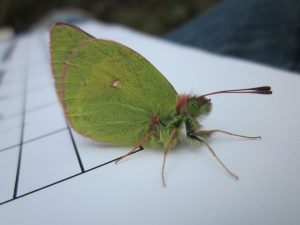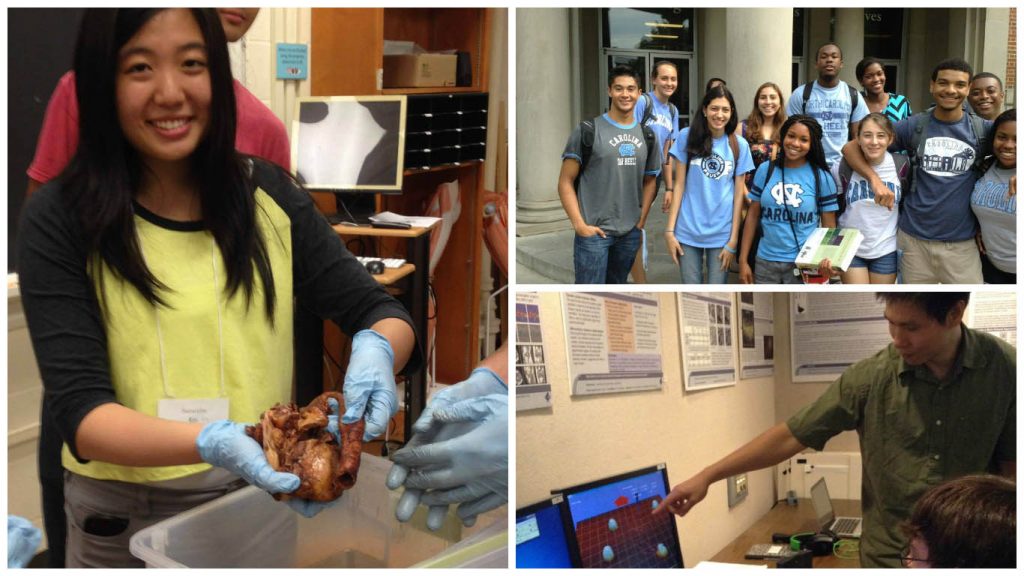
Caterpillars of two species of butterflies in Colorado and California have evolved to feed rapidly at higher and at a broader range of temperatures in the past 40 years, suggesting that they are evolving quickly to cope with a hotter, more variable climate.
The work, led by Joel Kingsolver at UNC-Chapel Hill, represents a rare instance of how recent climate change affects physiological traits, such as the internal workings of how the body regulates feeding behavior.
“To our knowledge, this is the first instance where we show changes in physiological traits in response to recent climate change,” said Kingsolver, Kenan Distinguished Professor of Biology in UNC’s College of Arts and Sciences.
Caterpillars can eat and grow only when it’s not too cold and not too hot, explained Kingsolver. But when temperatures are ideal, caterpillars eat with reckless abandon and can gain up to 20 percent of their body weight in an hour. That growth determines their ability to survive, how quickly they become adult butterflies and their ultimate reproductive success.

Jessica Higgins, a graduate student in Kingsolver’s lab who spearheaded the study, worked with fellow UNC graduate student Heidi MacLean, UNC faculty member Lauren Buckley and Kingsolver to compare modern caterpillars to their ancestors from 40 years ago. Their results show that the two related species of Colias (sulphur) butterflies have adapted in two ways:
- broadened the range of ideal feeding temperatures
- shifted their optimal feeding temperature to a higher one
In their work, the researchers measured changes in climate at the two study sites and then examined changes in the caterpillars feeding rates using current and historical data from the 1970s, collected by Kingsolver’s graduate adviser Ward Watt.
Although they found little change in the average air temperature at both study sites, they noticed that the frequency of hot temperatures – that is, temperatures that exceeded 82 degrees Fahrenheit –increased two-fold in Colorado and four-fold in California over the past 40 years.
In response to these temperature fluctuations, modern caterpillars in Colorado ate faster at higher temperatures than their 1970s counterparts. In California, the modern caterpillars ate faster at both high and low temperatures than did their ancestors, but their optimal feeding temperatures did not change.

“These two species of caterpillars adapted to the increased frequency of higher temperatures over 40 years in two different ways, but both are better suited than their ancestors to thrive in a hotter, more variable climate,” says Higgins. “Our climate is changing. The thermal physiology of these species is changing, too.”
The study appears in the journal, Functional Ecology.




